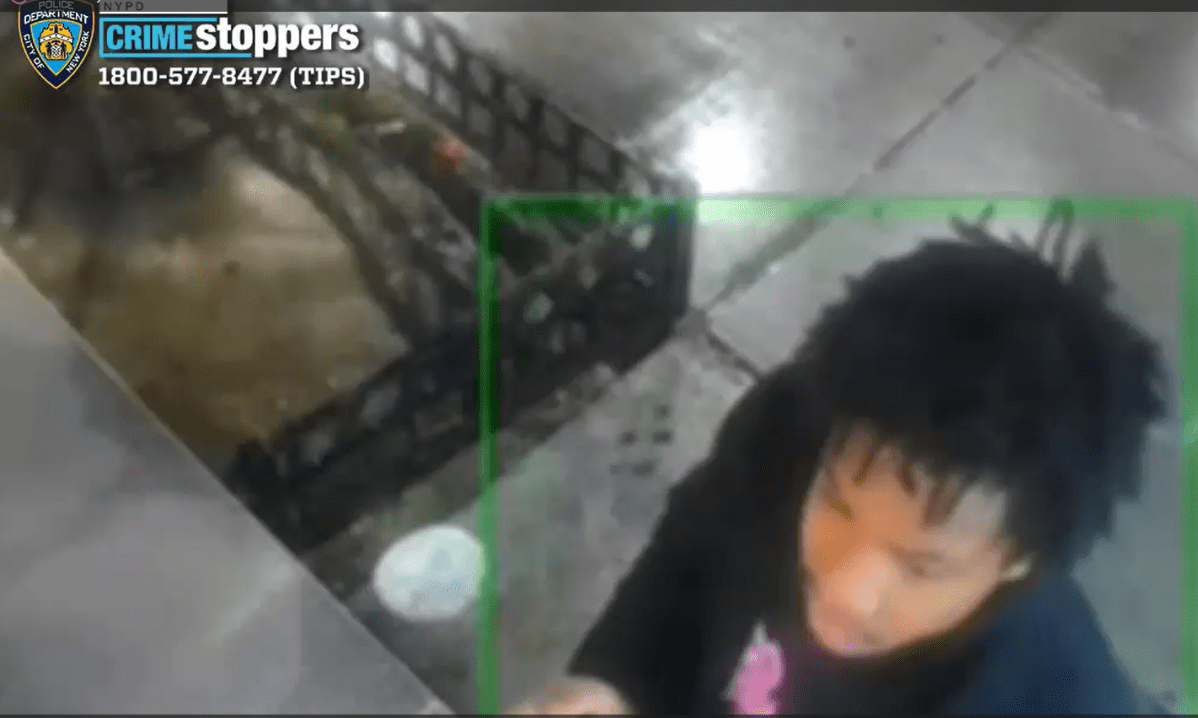By Jeffrey Cyphers Wright
Jean Lowe’s library installation speaks volumes
There is no big club in the art world today. No single, overriding movement prevails. Artists are like sled dogs pulling in lots of directions at once—and this is a good thing. It means there’s room for everyone to explore their own inner compass.
Some shows present complex mechanics. At 303 Gallery, Danish artist Jeppe Hein relies on skilled craftsmen like welders to complete his minimalist, interactive vision. At Alexander and Bonin, Paul Etienne Lincoln’s futuristic industrial apparatus comes replete with a diagram and costume, mixing the mechanical with the fantastical.
Likewise mixing contexts, Jane Simpson at Gering and Lopez Gallery takes ready-mades and transforms them. By applying diverse materials they suggest alternative, mysterious functions. Her refrigerated sewing machine has generated a white confection of freezer frost.
Other shows stress work that is made by hand. At David Zwirner, Marcel Dzama’s dramatic dioramas with puppets are downright folksy.
Quoting Dan Lepard, the trendy British baker, Matthew Ronay’s press release begins: “The basic labor of doing, the making with our own hands is what enlivens us, makes us feel human… I will not let my fingers be reduced to button pushing and switch flicking.” Ronay, who was at Andrea Rosen last month, is an artist who insists on creating works using his own hands and retaining the magical qualities inherent in totems.
There’s plenty of magic in Jean Lowe’s “library” at McKenzie Fine Art. For years Lowe has made installations that barb our self-absorbed society. She showed early on at the legendary Gracie Mansion Gallery in the East Village. Her socio-political walk-through environment at McKenzie Fine Art is a delight and registers on many levels.
Setting the tone is a Red Grooms-style baby grand piano – a symbol of class – being used as a cheesy snack bar. The artist has melded disciplines in a highly engaging manner. She has made more than 200 painted sculptures of books, combining words and images with objects. Social satire, humor and homage vie for dominance.
Categories and themes emerge from rows of displayed tomes: self-help, how-to, cookbooks, religion, mystery, medical, Americana, and animals. The artist is a vegan, and while most of her send-ups are generous, a couple of the animal books flex their moral muscles. A handful of them are straightforward replicas, such as “Diet for A Small Planet.” Others recall various authors and artists from Tom Clancy to Hieronymus Bosch and the sculptor George Rickey.
Religion is one of Lowe’s favorite targets. Reveling in her trademark inappropriateness, several “Bible Stories for Children” have erotic or violent covers. Quoting Artemisia Gentileschi’s painting of “Susannah and the Elders,” Lowe hints at the noted Italian female artist’s reported rape by an associate. Continuing with mismatched imagery and erotic content, “Putting Christ Back in Christmas” suggests bestiality. A wild-eyed teddy bear is positioned right behind a floppy doll.
Several books are opened to a spread showing two pages. In one about “The Church of Jesus Christ and the Latter-Day-Saints” Lowe challenges the ignorance that our society ignores. Above a chapter entitled “Meeting Your Ancestors in Heaven” is a loving family of chimps. My favorite high school teacher told me that the best tool for change is humor. Jean Lowe makes you laugh out loud and shake your head at the same time.
Nothing is sacred. The author of the Nancy Drew books, Carolyn Keene, makes two appearances. The flat graphics and winning color combo of metallic orange and Prussian blue evoke real nostalgia while the title “The Mystery of the Bloody Napkin” counters with a double entendre.
Another example of Lowe’s inappropriate match-ups is “Help Me Make the Right Choice.” The pious tone of the text is undercut by a Wayne Thiebaud-style depiction of donuts and éclairs in a shop window.
The degrading environment is a rich topic. “Invasive Species” shows a KFC bucket and a Pepsi cup with Korean writing on it. Two toy frogs with big anime eyes illustrate “Amphibious Declines and Malformations, 2nd Edition.” They sit on unnatural blue and lavender blobs. Dangling feet sport red boots. This play on opposites (organic vs. synthetic) is political, philosophical and provocative. Lowe’s defiance is devious.
A kind of anti-nostalgia surfaces in the coffee table book “Rural America.” Pale colors and a wan line recall a bucolic scene by Fairfield Porter. But the subject is deflationary: there is no garden left in “Paradise.” A large storage tank emblazoned with a Cargill logo fills most of the scene as a truck lumbers by. Lowe skewers the concept of warm and fuzzy in a warm and fuzzy way. She inspires new expectations by revealing deep contradictions.



































